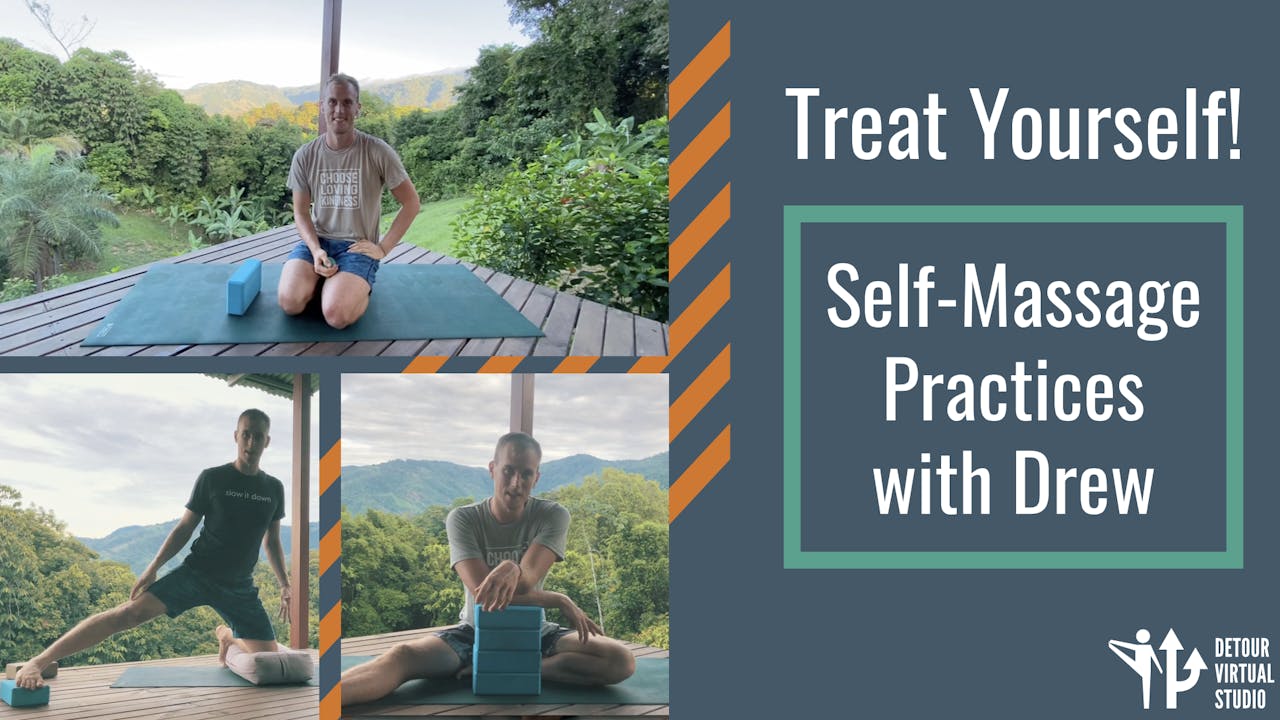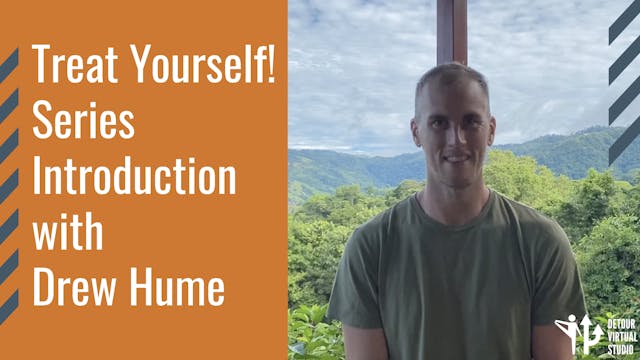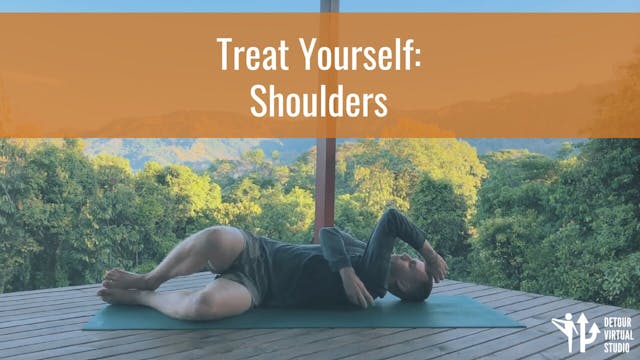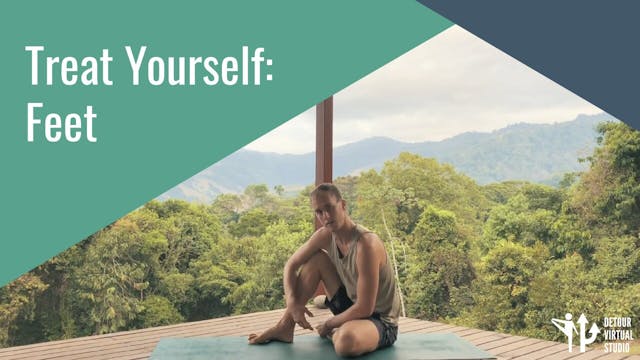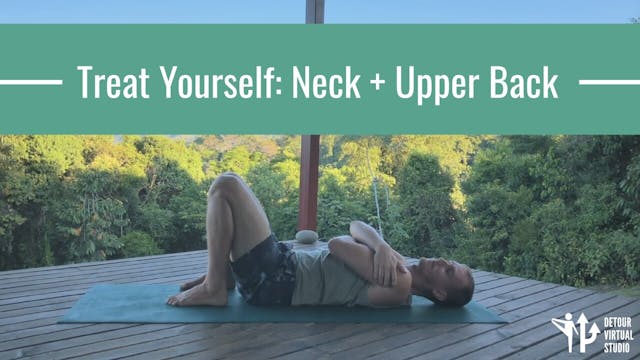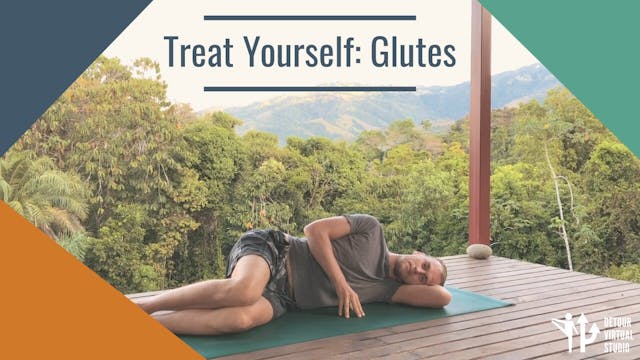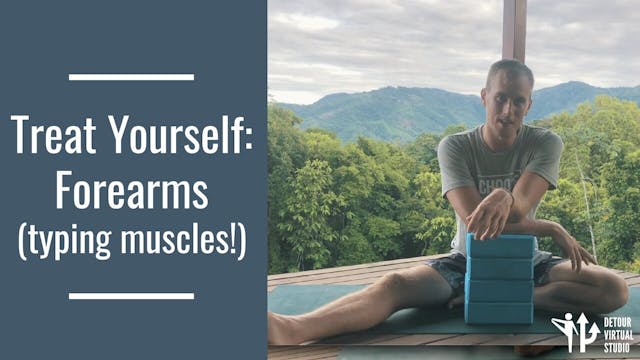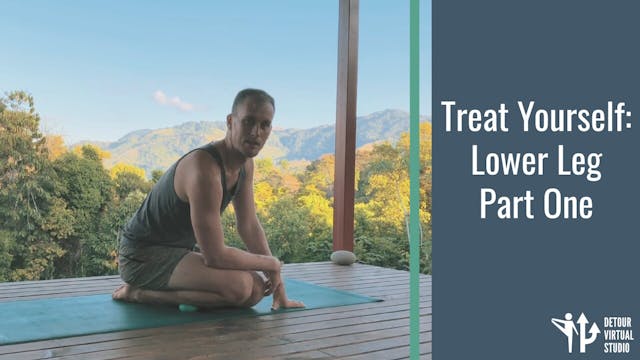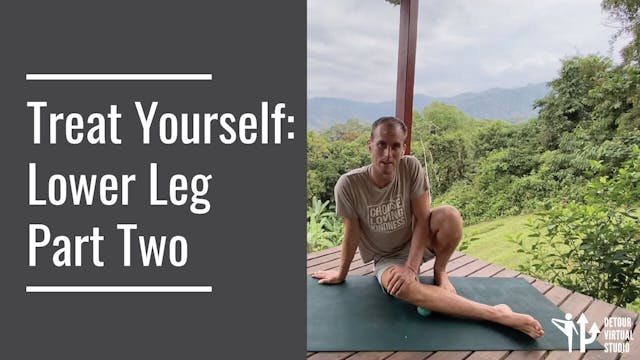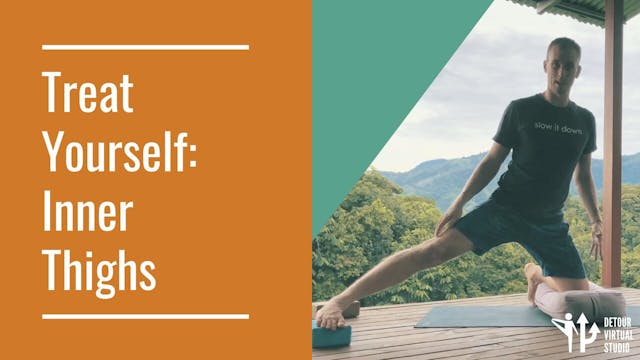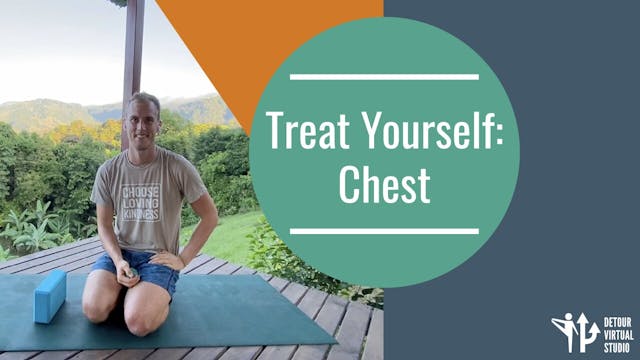Treat Yourself! Self-Massage Practices with Drew
Self-massage, also known as manual release or myofascial release, optimizes the function of our tissues while keeping our body well tuned for movement. That’s why the techniques shared here are the perfect complement to the rest of your movement practice.
This series uses manual release to explore and bring relief to key regions of the body where tension tends to accumulate. The techniques Drew shares can help manage pain, supporting movement optimization over time. We encourage you to apply these techniques in a way that feels right for you, returning to these videos regularly so that your body can feel its best.
-
Treat Yourself! Series Introduction with Drew Hume
Have you ever felt like you have “knots'' in your muscles, or been told that certain trigger points could be causing you pain and discomfort? Over time, when tissue becomes disorganized, our muscles can accumulate trigger points or be under-active (leading to other muscles becoming over-active to...
-
Treat Yourself: Shoulders
Many of us could use some targeted attention on the rotator cuff muscles, those hard to reach spots around each shoulder. Since we’ll often find active trigger points lurking in these areas, this manual release practice will help you locate the right spots where applying a little TLC can go a lon...
-
Treat Yourself: Feet
In this practice we’ll combine manual release with tissue activation to optimize how your feet feel and function. The muscles in our feet are often underactive due to being locked up in shoes most of the day. This practice is a perfect antidote to those “foot coffins” and will leave you feeling l...
-
Treat Yourself: Neck + Upper Back
“I never experience tightness in my neck or upper back” - said no one ever! Giving some attention to these areas of your body can make anyone feel like a new human—especially if you experience tension headaches and feel yourself reaching for your neck often throughout the day. While you’ll likely...
-
Treat Yourself: Glutes
Often adaptively shortened, our abductors—the muscles located on the outer hip— can almost always benefit from a little pressure. But heads up! This area of the body can offer-up some surprisingly intense sensation when we find those “sweet spots” so a gradual approach is recommended. We promise ...
-
Treat Yourself: Forearms (typing muscles!)
For a lot of us, this one should be a daily practice. You may notice a surprisingly high degree of tension in your forearms since this set of muscles does SO much for us (especially if you work at a desk) without getting much in return. This practice will not only help bring relief to your forear...
-
Treat Yourself: Lower Leg Part One
Let’s address the lower leg, in particular the tibialis anterior or front of your shin bone. While this muscle drives ankle dorsiflexion, extra tension here can actually lead to limited range of motion in the ankles as well. Before doing this practice, squat and test your dorsiflexion angle first...
-
Treat Yourself: Lower Leg Part Two
While somewhat under the radar, the fibularis muscle group is worth investigating especially if you experience persistent knee or ankle concerns. A bit of attention here can go a long way!
-
Treat Yourself: Inner Thighs
The adductor group of muscles located along the inner thighs are typically under-worked in a typical yoga asana practice—they receive plenty of stretch inputs but hardly any strength inputs. While stretching is still valuable, balancing this with active work can optimize how your legs carry you t...
-
Treat Yourself: Chest
While you may think a comfortable upright posture can be achieved by focusing only on the upper back, it’s important not to leave out the essential, balancing element of focused work on the chest. As we explore the pec muscles and the areas around them, small adjustments in position can make a re...

